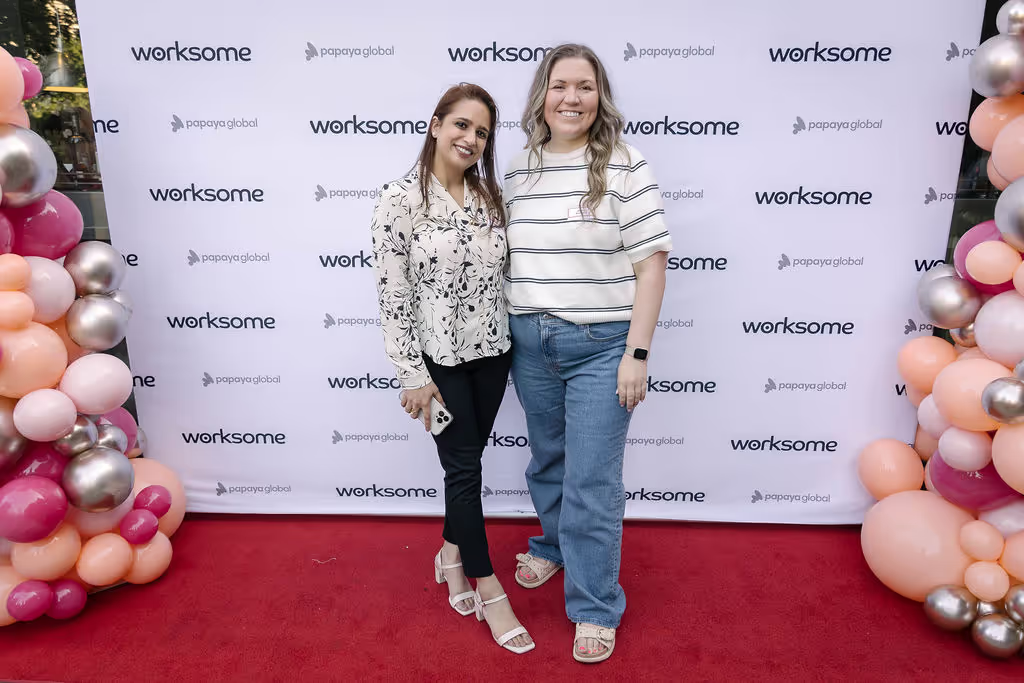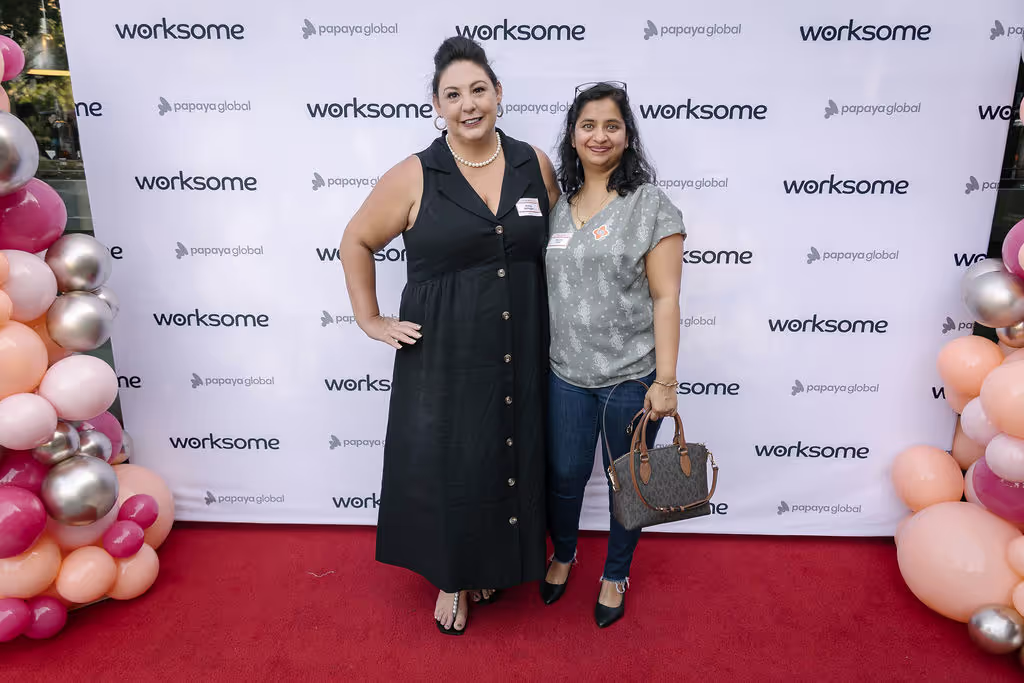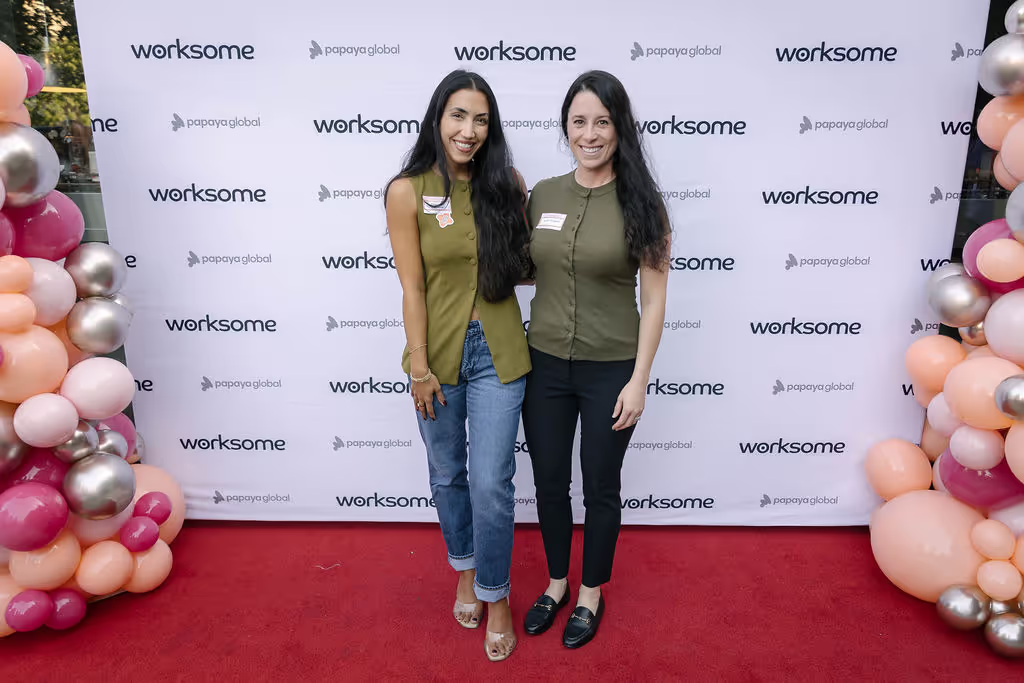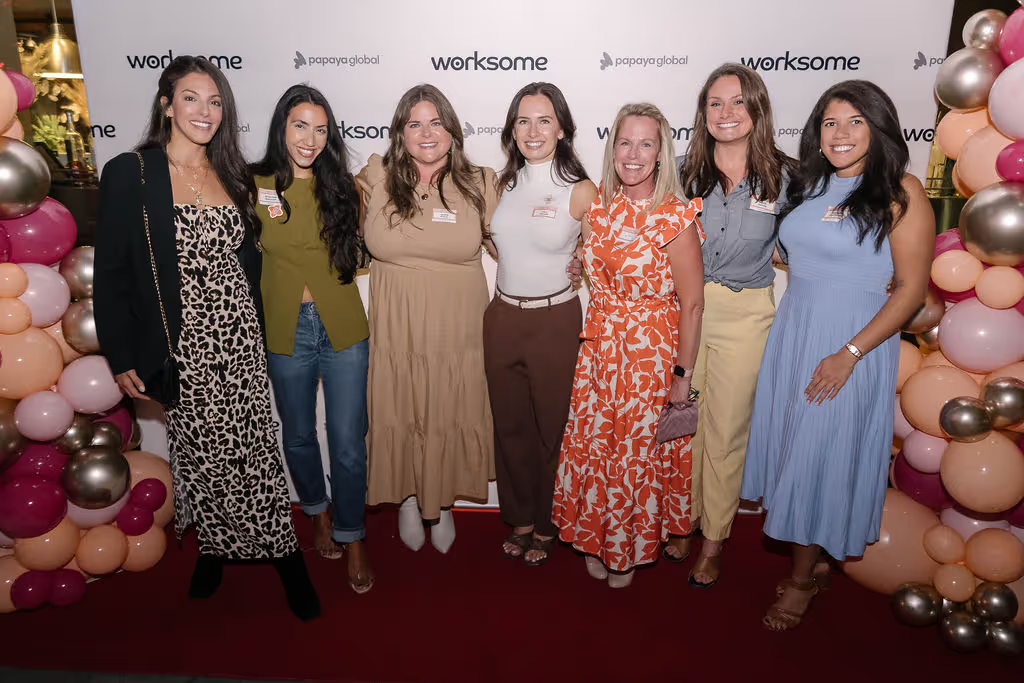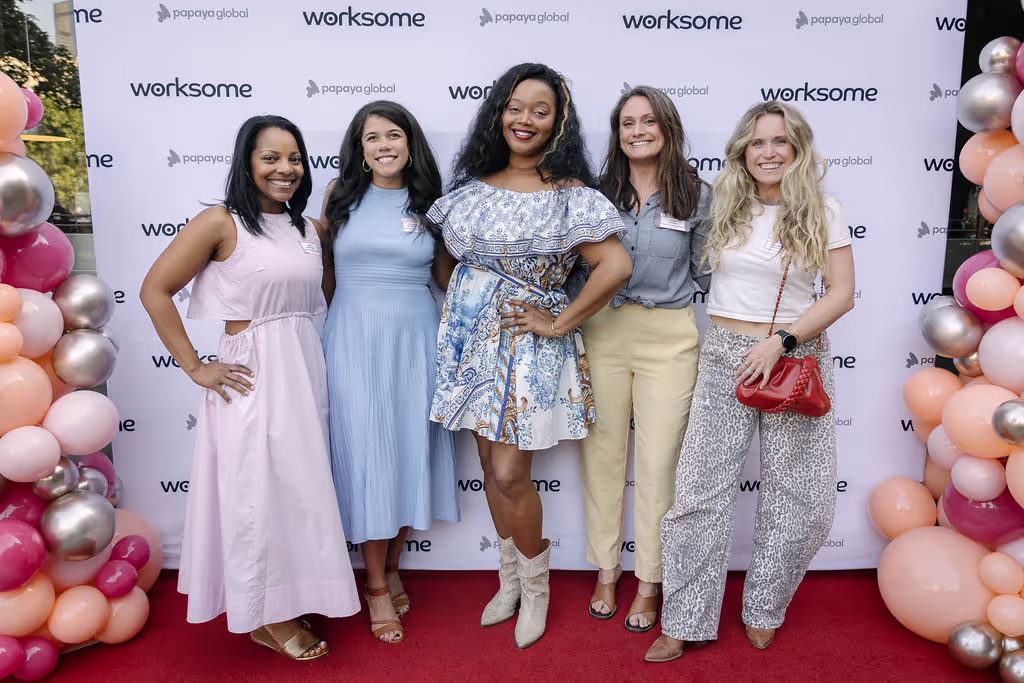If you focus on creating great employee experience, you'll automatically attract the best freelance talents. Why? We'll give you the answer to this question in this blogpost.
Companies all over the world are increasing their use of freelancers. It is part of an agile hiring practice that not only fills the skills gap, but provides companies with a better competitive position in the digital age. Read more about this trend in this blogpost Agile HR: Recruiting is about access, not ownership.
Hiring freelancers on a project-dependent basis increases the company’s flexibility and agility, provides access to hard-to-hire specialized talents, and potentially reduces costs, according to the study. Because of these advantages, freelancers and other contingent workers already make up about 1/3 of the average large corporation’s total workforce in the U.S., according to a study by Ardent & Partners.
This percentage is expected to grow over the next years. According to a Deloitte study, 51 percent of global executives said their companies plan to increase or significantly increase the use of freelance talent in the next 3 - 5 years. Merely 16 percent expected a decrease.
Two broad changes - one on the company side, the other on the worker side - are driving this boom. First, companies increasingly need a flexible workforce to compete globally, according to the Harvard Business Review study. Companies turn to highly skilled freelancers due to difficulties in attracting and retaining labor with highly sought-after skills.Second, many skilled workers want freedom and independence and become freelancers to gain greater flexibility, autonomy, and control over their careers. These highly skilled people realize they are able to become freelancers and make as much or even more money, according to the Harvard Business Review study.
As the need for freelance talent increases, so does the need to find, hire, and aligning them with the company’s full-time staff.
So how do you do it?
Create a great employee experience for your freelancers
Merely partnering with freelance talents won’t build expertise and knowledge. It won’t ensure that the freelancers are gonna choose your company over your competitors. Therefore, it’s important to build ongoing relationships with freelance talents. Companies can do this by creating an employee experience that attracts the right kind of talent, and allows them to be part of the company’s community.
When it comes to deciding which companies to work with, freelance talents value companies that appreciate their work, allows them to control their own time, and treat them as part of the team, according to a MBO study.
While freelancers value their autonomy, they also want to be treated as team members. They want services and administrative help, such as a reasonable legal agreement process, quick and efficient onboarding, and timely responses to their questions or their struggles.They also want access to training programs so they can expand their skills, and opportunities to participate in networking events with the company’s full-time employees and other contingent workers, according to the MBO study.
It might not make sense for your company to provide a freelancer, who is only going to be part of your company for 2 weeks with the full employee experience. But it definitely makes sense to focus on the employee experience, if your freelancer is staying with you for 12 or even 6 months.
What’s the benefit?
Creating a great employee experience requires capital and labor, but it’s a long-term investment. Companies ranking in the top quartile for employee experience have twice the innovation, double the customer satisfaction, and 25 percent greater profitability, according to Workforce’s study. Not only are these companies better performing, but they also employ a hybrid mix of freelance talent and full-time employees with an average of 60 percent employed full-time.
The worst-performing companies, ranking in the lower quartile, use little to no freelance talents at all, according to the study.
The highest ranking companies in terms of employee experience provision 66 percent more digital capability to employees, according to the study. Particularly in areas like support and the ability to connect with other employees in the company.
Leaders who embrace these changes build more competitive organizations, according to Workmarket’s 2017 Workforce Productivity Report. In addition, the business leaders report that they experience greater efficiencies and cost savings, and that they can deliver specialized skills faster.
They also report that they are able to offer greater specialization, access to new technology, and new solutions. They’re able to seize new opportunities faster, by remaining flexible and nimble to changing market trends and conditions.
Not many companies have fully embraced a hybrid talent model, but it’s clear that everyone should start thinking about what it means to be a “great place to work.”
Without that investment, it will be even harder to attract and retain the right talent, which will impact companies’ bottom lines.








